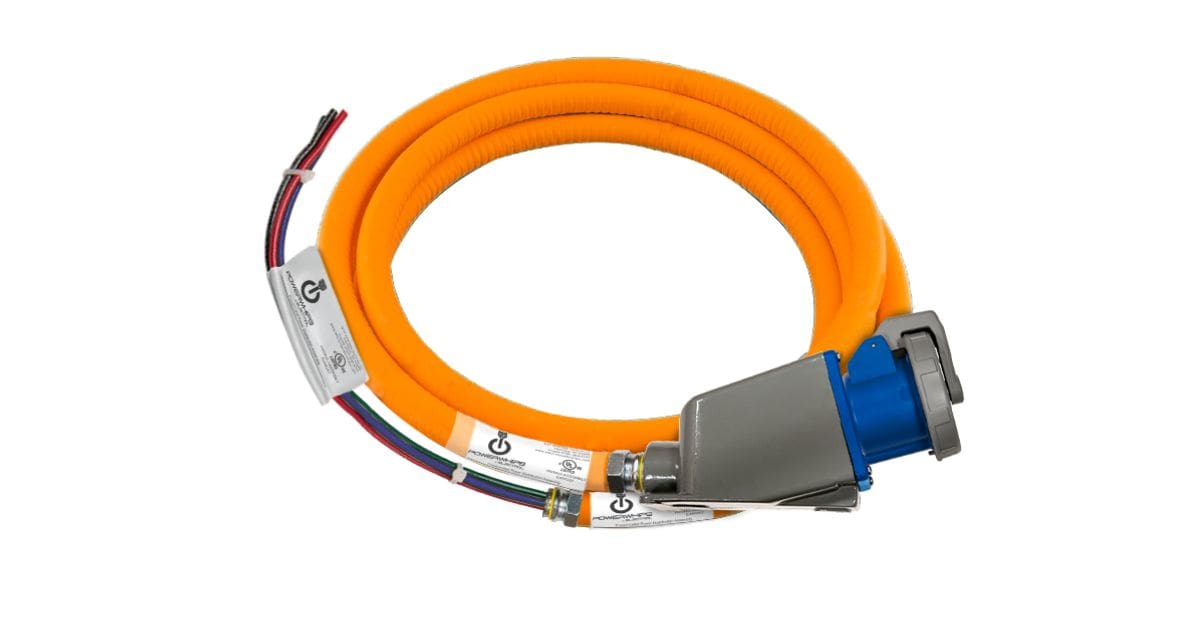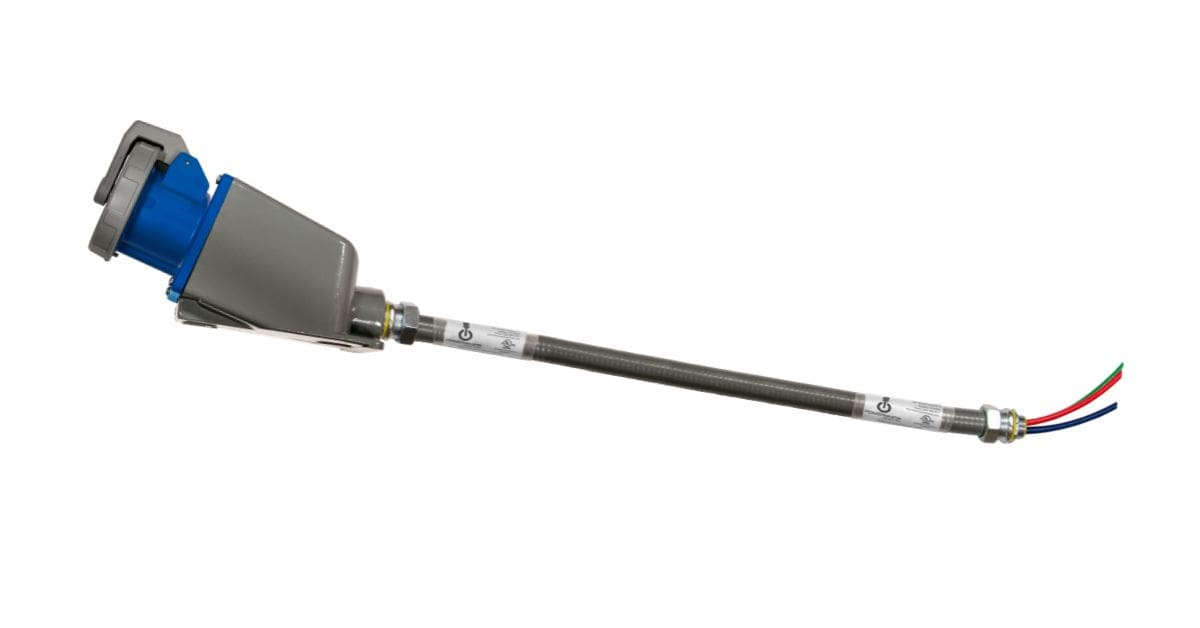
Electrical work in data centers and industrial settings carries several risks, with arc flashes standing out as one of the most severe dangers. These explosive events can release immense energy, leading to serious injury or death. When dealing with power distribution units and server racks, installing power whips is a common task that requires attention to safety protocols.
A comprehensive approach to minimizing arc flash hazards during power whip installations is a fundamental responsibility for ensuring the well-being of every technician on the floor. Understanding the nature of these hazards and the methods to control them is the first step toward creating a safer work environment.
Understanding Arc Flash Events
An arc flash is a dangerous release of energy caused by an electrical fault. It occurs when an electric current leaves its intended path and travels through the air from one conductor to another or to the ground. The result is an explosion that includes a brilliant flash of light, intense heat, and a powerful pressure wave. Temperatures can reach up to 35,000 °F.
The intense light can cause temporary or permanent blindness, and the concussive force can throw a person across a room and cause grave injuries. These incidents are often triggered by accidental contact with energized components, equipment failure, or dropped tools, making proactive safety measures absolutely essential.
Prioritizing De-energization
The most effective method for preventing an arc flash is to work on de-energized equipment. This practice, often referred to as establishing an electrically safe work condition, eliminates the source of the hazard entirely. Before any power whip installation begins, a qualified person must verify that the circuit is completely de-energized. This is more than just flipping a switch; it involves a systematic process known as lockout/tagout (LOTO).
The Lockout/Tagout Procedure
The LOTO procedure ensures that electrical circuits cannot be accidentally re-energized while work is in progress. A designated lock and tag are applied to the disconnecting device, physically preventing anyone from restoring power. Only the person who used the lock is authorized to remove it once the work is complete. This simple process serves as a physical barrier against human error and is a cornerstone of electrical safety.
Verification of Zero Energy State
After applying the lockout device, the next step is to test the circuit to confirm there is no voltage present. A properly rated and functioning voltage detector must be used to test each conductor. This verification step is nonnegotiable and must be performed every time before touching any electrical components. Assuming a circuit is dead without testing is a gamble that no professional should ever take.

The Role of Personal Protective Equipment
While de-energization is the primary goal, there are situations where working on or near live circuits is unavoidable. In these instances, personal protective equipment (PPE) is the last line of defense against injury. The level of PPE required is determined by an arc flash risk assessment, which calculates the potential incident energy at a specific point in the electrical system.
Selecting Appropriate Gear
Arc-rated (AR) clothing is specially designed to resist ignition and will not continue to burn after the thermal exposure from an arc flash ends. This includes shirts, pants, coveralls, and jackets made from flame-resistant materials. The arc rating of the clothing must meet or exceed the calculated incident energy level for the task being performed.
Head and Face Protection
In addition to AR clothing, proper head and face protection is vital. This typically includes an arc-rated face shield, a hard hat, and a balaclava or sock hood that covers the head and neck. These items protect against the intense heat and light of an arc flash, as well as from flying debris created by the explosion. Insulated gloves and leather protectors are also mandatory to shield hands from shock and arc flash burns.
Conducting a Thorough Risk Assessment
Before any work begins, a comprehensive risk assessment must be performed to identify potential hazards and determine the necessary safety measures. This process involves a detailed evaluation of the task, the equipment, and the work environment. The assessment should be documented and communicated to everyone involved in the installation.
Identifying Specific Dangers
The risk assessment should identify all potential electrical hazards, including the shock and arc flash boundaries. The shock boundary defines the distance from an exposed live part where a shock hazard exists, while the arc flash boundary marks the distance at which the incident energy drops to a level that is unlikely to cause a second-degree burn.
Developing a Safety Plan
Based on the findings of the risk assessment, a detailed work plan should be created. This plan outlines the step-by-step procedures for the installation of the power whip, the required PPE, the LOTO process, and emergency response protocols. A pre-job briefing should be held to review the plan with the entire team, ensuring that everyone understands their roles and the safety precautions in place.

Fostering a Proactive Safety Culture
Technical controls and procedures are only effective when supported by a strong safety culture. This begins with leadership commitment and extends to every individual in the organization. A culture of safety encourages open communication, where workers feel empowered to stop a job if they identify an unsafe condition.
The Importance of Ongoing Training
Regular training is essential for keeping electrical workers up to date on the latest safety standards, practices, and technologies. This includes initial and refresher training on arc flash hazards, LOTO procedures, and the proper use of PPE. Training ensures that knowledge remains current and that safety remains a top priority.
Learning From Near Misses
Reporting and investigating near misses is important for preventing future accidents. When an event occurs that could have resulted in an injury but did not, it provides a valuable opportunity to identify and correct underlying system weaknesses. A non-punitive reporting system encourages workers to share these experiences, contributing to a cycle of continuous improvement.
Embracing these principles helps in minimizing arc flash hazards during power whip installations and ensures that every worker can return home safely at the end of the day. If you need materials for your next installation project, Electrol Powerwhips offers durable and rigorously tested electrical components that are engineered to ensure safety and quality at all times. Our commitment to excellence means you can trust our power whip cables and other products to meet the highest industry standards.
